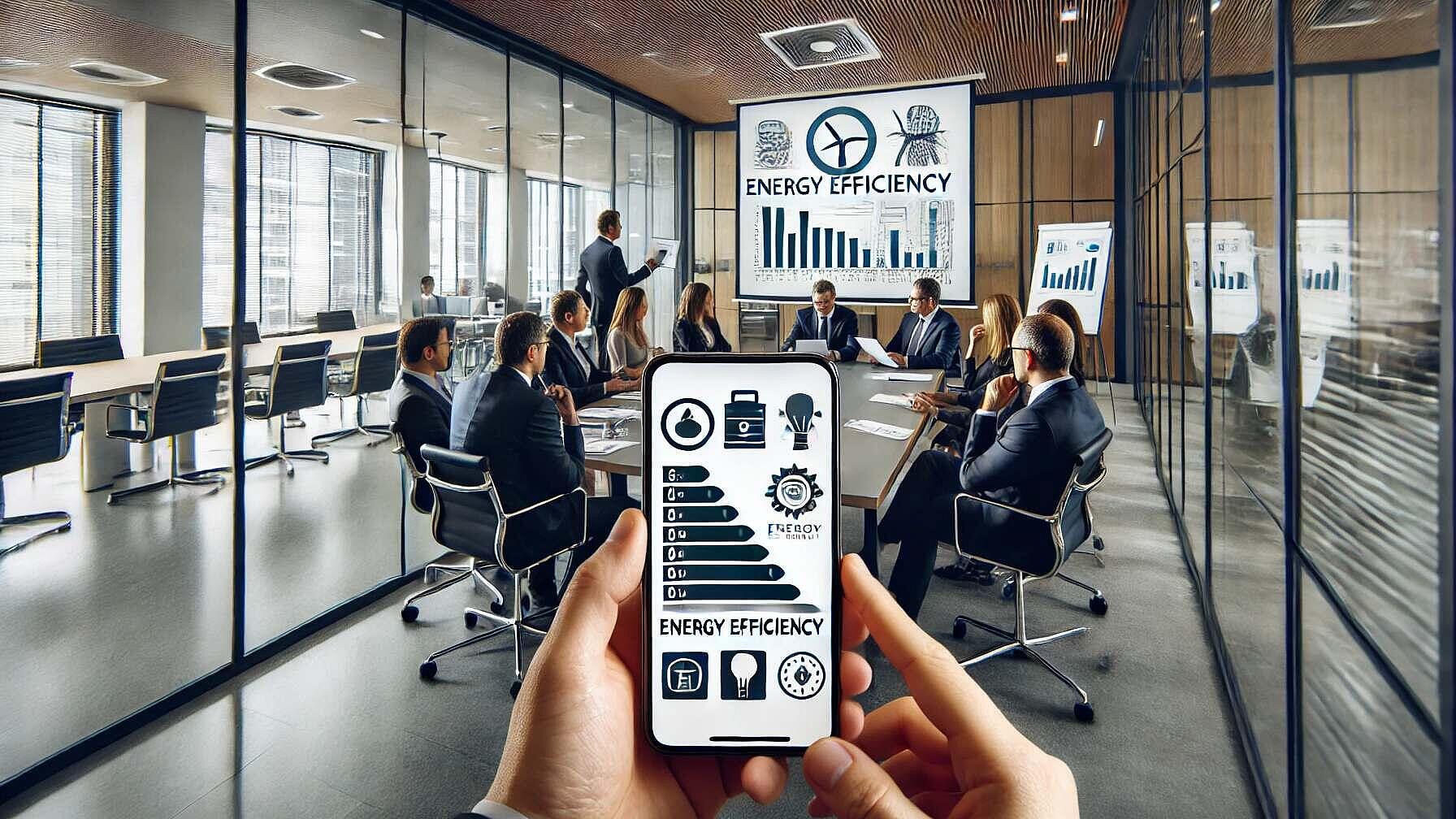 Search Result
Search ResultUruguay, Latin America’s renewable champion
Uruguay lies between Argentina and Brazil on the Atlantic Ocean and is home to about 3.5 million people. But this small country has made it to the top 5 in wind and solar energy producers worldwide .…
Read Full articleSome like it hot – Is Hydrogen the answer to those needing it a little warmer?
In my recent predictions for energy over the next ten years there was one prediction I felt I could have explained a bit more. I predicted that Hydrogen would develop in pockets but I didn’t go into…
Read Full articleIndia's electricity upgrade
India’s national transmission grid must urgently modernise to increase the rate of renewable energy adoption. This is a key prerequisite for achieving India’s renewable energy investment ambitions…
Read Full articleBlockchain will be the next GDPR
What has been apparent for a long time to all of us involved in energy efficiency at business and industry is that the communication layer is the foundation of nascent energy system. It will radically…
Read Full articleIoT - Equipped LED lighting systems enhance Energy Efficiency
From Jayne Keynes, first published here There are plenty of compelling reasons why US buildings need to switch to LED lighting systems and use the IoT for lighting and illumination. The prevailing…
Read Full articleWe accelerate the Energy Transition.
The energy transition is already happening today. The fourth liberalisation package is going through the EU codecision process and it introduces exciting new elements for a demand-driven electricity…
Read Full articleJoint Declaration on the European Energy Efficiency Financing Coalition - Signed by Commission and all Member States
A Joint Declaration on energy efficiency financing and the European Energy Efficiency Financing Coalition (Coalition) has been signed today by the Commissioner for Energy Kadri Simson and the Energy…
Read Full articleUnlocking Energy Efficiency: How Top Management Decisions Shape Industrial Sustainability
In an era of rising energy costs and increasing environmental concerns, industrial companies are facing mounting pressure to improve their energy efficiency. A recent survey conducted across five…
Read Full articleIs the future synthetic? E-fuels and the future energy system
I’ve previously talked about the challenges of finding an energy source for industries needing a source of concentrated energy such as aviation or even space flight . In my discussion I highlighted…
Read Full articleGreen groups outline their priorities to make Europe’s industry a global leader
As Europe prepares to embrace a new industrial revolution in the aftermath of the covid-19 crisis, green groups have outlined their priorities to make Europe’s industry a global leader. A clean and…
Read Full article








